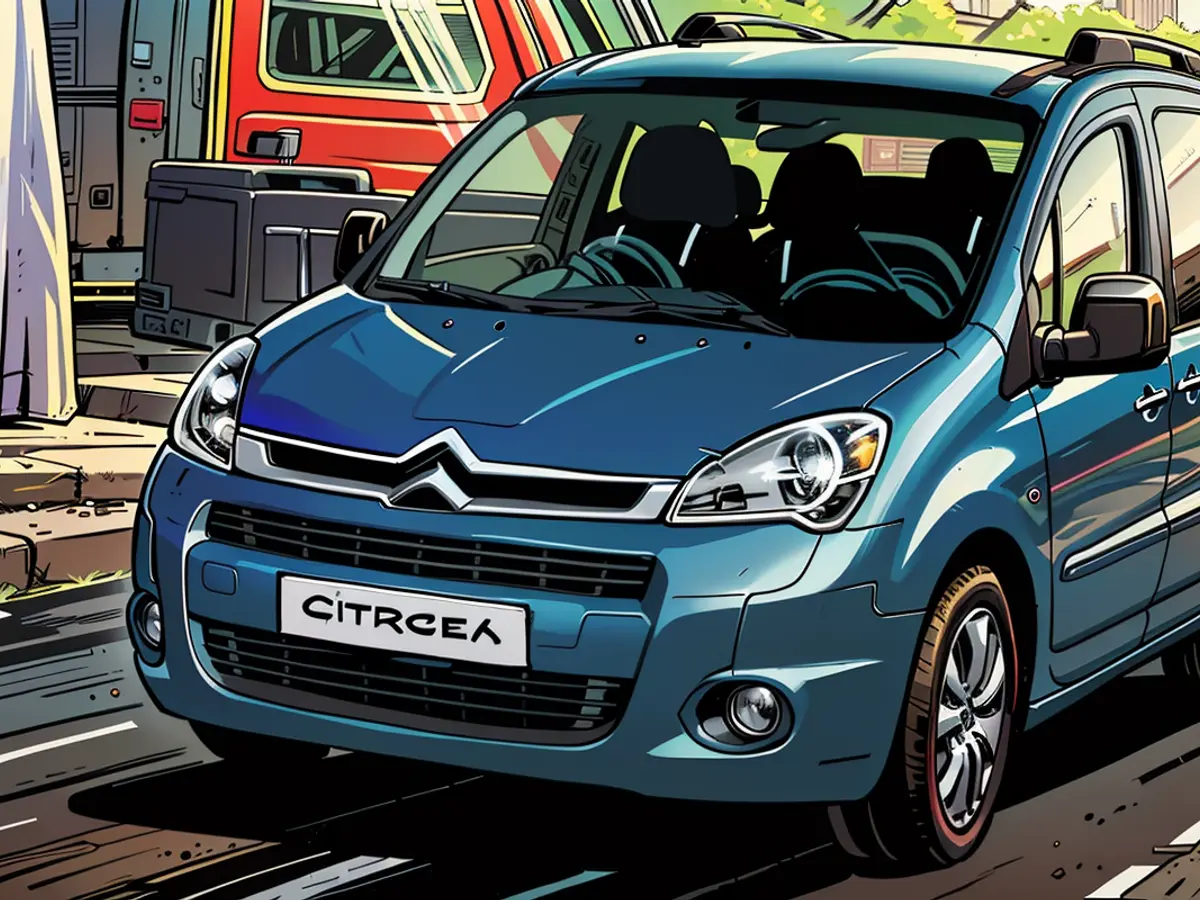Citroën Berlingo - with trucks, but also with a learning curve
The French high-roof combi Citroën Berlingo has a lot of space, but it doesn't lead in all areas during the main inspection. However, there are signs of improvement.
The good news first: "There are indications that the third generation of the Citroën Berlingo has become more reliable." This is reported by the "Auto Bild TÜV-Report 2024" regarding the Berlingo's performance during the vehicle inspection (HU). It is well-known that with age come problems, but the French high-roof combi already looks old in some HU test categories.
Model history
The considered generations II and III were released in 2008 and 2018, respectively. The Berlingo II received facelifts in 2012 and 2015, with additions such as a rearview camera, touchscreen, and emergency braking system. ESP has been standard since 2010. The current version received a facelift in 2024. The original Berlingo dates back to 1996.
Body and Variants
In addition to the standard version, the third generation is also available as an XL with an extended wheelbase and 35 centimeters more vehicle length. Both generations are also available as seven-seaters. Citroën markets a pure electric version, the e-Berlingo, again. The model is also available in a commercial vehicle version (van) with increased loading volume - as a gasoline engine and as an electric motor.
Dimensions (according to ADAC; only car version)
- 2nd Generation: 4.38 meters x 1.81 meters x 1.80 meters (L x W x H); trunk volume: 505 to 3,000 liters
- 3rd Generation: 4.40 to 4.75 meters x 1.85 meters x 1.84 to 1.85 meters (L x W x H); trunk volume: from 775 liters (XL: from 1,050 liters).
Strengths
With its spaciousness, the Berlingo is clearly ahead of many other cars: It is used as a large taxi, moves large families, and is often used by craftsmen. According to the report, the suspension and dampers are above average, and the axle suspension angles are impressive up to the fourth HU. As durable, brake lines and hoses, as well as the exhaust system, stand out.
Weaknesses
Used car buyers are advised by the report to look for well-maintained examples, as defects become apparent during the HU in large numbers. From the second mandatory check onwards, all lighting components show wear, especially the rear lights. And the brake discs exhibit above-average wear - regardless of age.
Oil loss is also an issue that appears during the first HU inspection and affects the new model as well. From the fourth check onwards, the exhaust gas inspection (AU) for the Berlingo becomes increasingly difficult, and from the fifth check, the steering joints often fail.
Reliability behavior
According to the ADAC pannage statistics, one can only conditionally rely on the Berlingo regarding reliability: Examples from the first registration years 2008 to 2014 are considered less reliable by the automobile club, while the French model has been occupying middle to good positions in the statistics since 2015. The number of pannage focal points is not particularly low.
Issues are often caused by the generator and fuel pump in 2008 cars with injection system (2011), particulate filter (2012), starter battery (2014), lock on the driver's side door (2010), and ignition coil (2010 and 2011).
Motors
- Generation: Gasoline (Three- and Four-cylinder, front-wheel drive): 66 kW/90 PS to 88 kW/120 PS; Diesel (Four-cylinder, front-wheel drive): 55 kW/75 PS to 88 kW/120 PS; the commercial vehicle version also came with an electric motor: 49 kW/67 PS
- Generation: Gasoline (Three-cylinder, front-wheel drive): 81 kW/110 PS and 96 kW/131 PS; Diesel (Four-cylinder, front-wheel drive): 56 kW/76 PS to 96 kW/130 PS; Electric version (front-wheel drive): 100 kW/136 PS
Resale value according to the German Automobile Trust (DAT) with statistically expected kilometers - three price examples
- e-Berlingo M Feel (6/2021); 100 kW/136 PS (Electric Motor); 37,000 Kilometers; 20,780 Euro.
- Berlingo 1.2 PureTech 130 Feel Pack XL Start&Stop (6/2020); 96 kW/131 PS (Three-cylinder); 59,000 Kilometers; 21,680 Euro.
- Berlingo 1.6 HDi 110 FAP Multispace (1/2012); 82 kW/111 PS (Four-cylinder); 179,000 Kilometers; 4,389 Euro.
Despite the improvements in reliability, it's important for potential buyers of used Citroën Berlingo cars to undergo a thorough inspection, such as an MOT, especially considering the history of issues with lighting components, brake discs, oil loss, and specific engine components. The ADAC Auto Club recommends checking these areas to ensure a reliable used vehicle.
When looking for used Citroën Berlingo models, ensure that the ADAC's recommended maintenance history has been followed, as poor maintenance can lead to issues during the MOT test, especially for older models. Additionally, consider the reliability reputation of certain Citroën models, like the third-generation Berlingo, which has shown improvements reported by Auto Bild TÜV-Report 2024.








